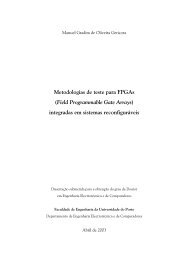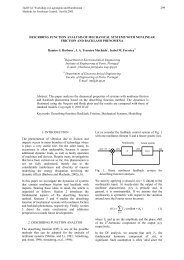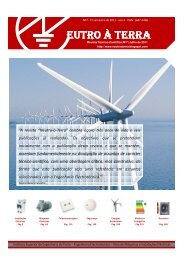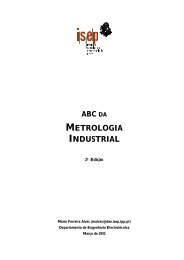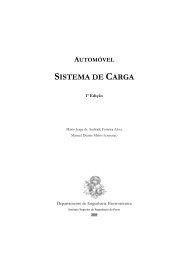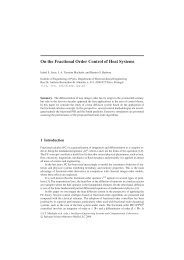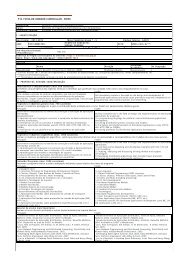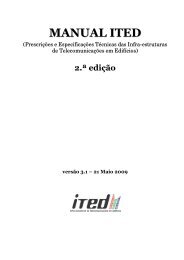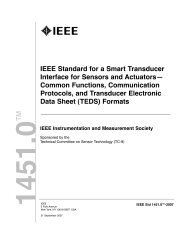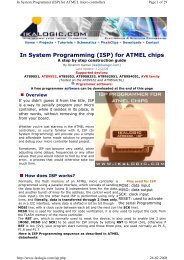AUTOMOTIVE ELECTRICAL CIRCUITS AND WIRING
AUTOMOTIVE ELECTRICAL CIRCUITS AND WIRING
AUTOMOTIVE ELECTRICAL CIRCUITS AND WIRING
You also want an ePaper? Increase the reach of your titles
YUMPU automatically turns print PDFs into web optimized ePapers that Google loves.
charge, the line voltage will increase to a value sufficient to cause the voltage regulator<br />
to operate. When this happens, the generator output is reduced; it is no longer<br />
sufficiently high to cause the current regulator to operate. All regulation is then<br />
dependent on the voltage regulator. Figure 2-14 shows a schematic wiring diagram of<br />
a typical dc charging circuit. In this circuit, two resistances are connected in parallel<br />
into the generator field circuit when the current regulator points open. This provides a<br />
low value of resistance, which is sufficient to prevent the generator output from<br />
exceeding its safe maximum. When the voltage regulator contact points open, only one<br />
resistance is inserted into the generator field circuit, and this provides a higher value of<br />
resistance. The voltage regulator must employ a higher resistance because it must<br />
reduce the generator output as it operates, and it requires more resistance to reduce the<br />
output than merely to prevent the output from going beyond the safe maximum of the<br />
generator.<br />
Figure 2-13.- Regulator assembly with cover removed.<br />
For some special applications, you may find a combined current-voltage regulator. In<br />
this case, the regulators are combined in a single unit. The regulator assembly will<br />
consist of two (regulator and circuit breaker) instead of three units.<br />
The regulators just described are known as electromagnetic vibrating-contact<br />
regulators. The points on the armatures of the regulators may open and close as many<br />
as 300 times in one second to achieve the desired regulation.<br />
The transistor type regulator is being used in late model equipment. This regulator has<br />
no moving parts. It consists of transistors, diodes, condensers, and resistors. Some<br />
models have two filter condensers, while others have only one.<br />
Adjustments are provided on some types of regulators and should be made only with<br />
the use of the manufacturer's instructions and the recommended testing equipment.<br />
TRIAL <strong>AND</strong> ERROR METHOD OF REPAIR WILL NOT WORK.<br />
<strong>AUTOMOTIVE</strong> <strong>ELECTRICAL</strong> <strong>CIRCUITS</strong> <strong>AND</strong> <strong>WIRING</strong> 23/ 101



